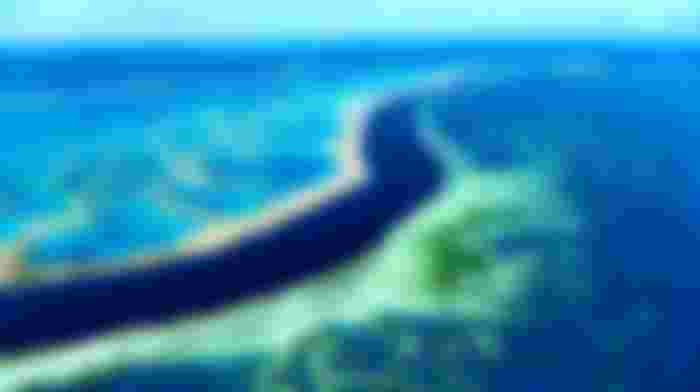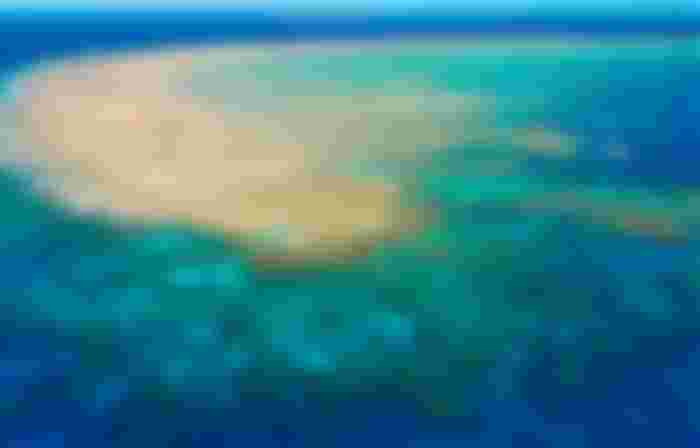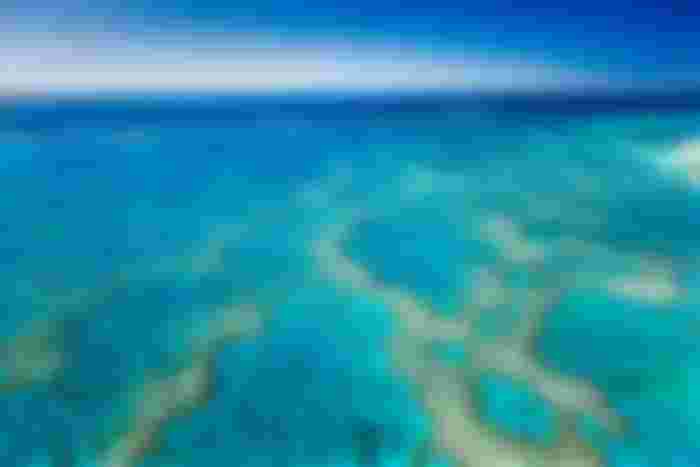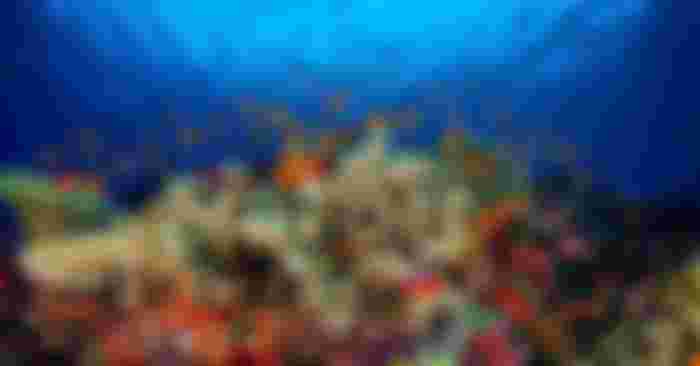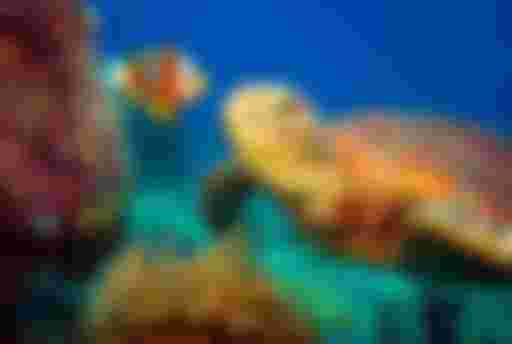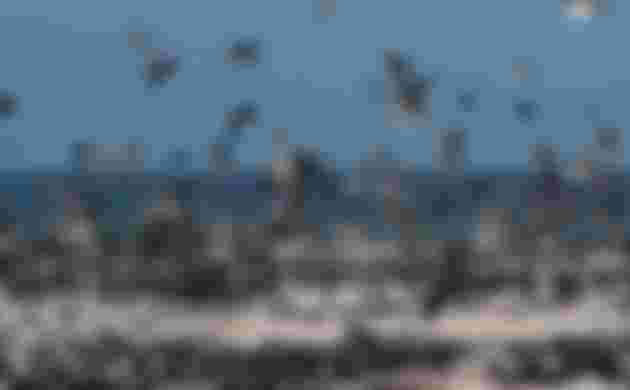The northern coast of the Australian continent has a unique world attraction - a giant reef system formed by coral polyps, which is called the Great Barrier Reef in geography. The coral system is nearly three kilometers long and has a total area of 3.5 square kilometers.
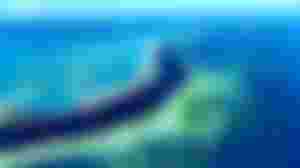
Australia's Great Barrier Reef includes about three thousand reefs and nearly 1000 islands. The Great Australian Reef is so huge that it can be seen and clearly seen even when viewed from space.
The uniqueness of the Great Barrier Reef in Australia
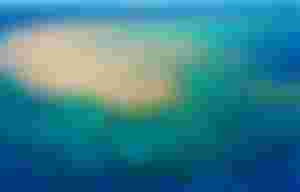
The giant Australian coral reef is considered the largest formation in the world, on the creation of which living creatures have worked hard. The reef is formed by countless tiny microorganisms, which are commonly called coral polyps. The Great Australian Reef is included in the UNESCO value system and is considered one of the wonders of the world. You can see this miracle of nature with your own eyes by visiting Australia, but you will have to get to the reef by boat or helicopter.
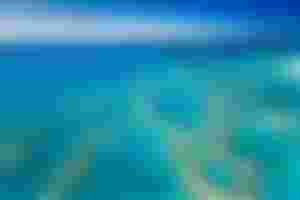
The giant atoll originates from the Tropic of Capricorn and stretches to the Torres Strait, the natural border between Australia and New Guinea. In terms of proximity to the coast, the closest reef to the coastal zone is in the Cape Melville area. In this part of the coast, the distance between the atoll formation and the coast will be from 30 to 50 kilometers. In the southern part, the reef loses its integrity, breaking up into separate groups, and from these groups to the coast of the mainland the distance will be huge - about 300 kilometers.
The listed places are a kind of Mecca for divers. Crowds of scuba diving fans flock here every year. And this is not surprising - the beauty of the underwater world of Australia's Great Barrier Reef is difficult to describe in words - it is a must-see.
Flora and fauna of the Great Australian Reef

There are not many places in the world that are as ideal for diving and exploring the underwater world as the Great Barrier Reef. The flora and fauna of the Barrier Atoll are diverse and unique. During the dives, you can see a variety of creatures and animals that amaze the viewer with their beauty, bizarre forms, habits, deadly danger.
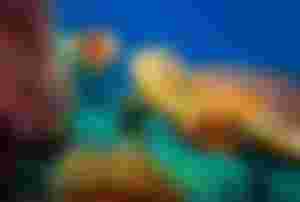
The study of the rich underwater world of the giant atoll can take years. Even if you are only interested in corals, you will not be able to study their formations in a short time. Indeed, on the Great Barrier Reef, you can see more than four hundred types of various corals, differing in color, shape, size. A magical coral garden shimmers with orange, red, saffron, chocolate flowers. Here you can also find rare crimson and purple corals.
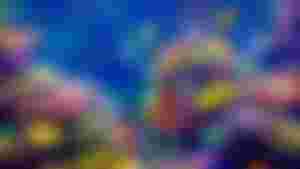
Even more time will have to be spent on studying the fauna of the Barrier Reef. Countless fish species, more than 30 species of mammals (families of cetaceans and dolphins), more than 100 species of sharks and rays, more than 10 species of sea snakes, among which there are deadly species. It should be noted separately that visiting the Australian Barrier Reef and not seeing sea turtles is a serious mistake. Sea turtles in their natural habitat are a must-see performance, so spectacular and unforgettable.
You can also watch birds on the reef. More than two hundred species of birds are among the permanent inhabitants of the gigantic atoll.

Alas, the splendor of the Great Barrier Reef may be lost to humanity. Recently, scientists have noted that the coral complex has begun to collapse and the rate of destruction of the atoll is quite intense. The main reason is human activity. But there are also natural factors. For example, due to global warming of oxen in the World Ocean, the death of corals began.
